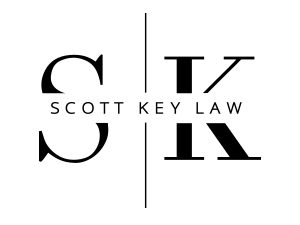Erroneous Verdict Form = New Trial
 On Tuesday, the Georgia Supreme Court unanimously ruled that a Fulton man’s convictions would be reversed due to an improperly worded verdict form. Cheddersingh v. State, S11A1929.
On Tuesday, the Georgia Supreme Court unanimously ruled that a Fulton man’s convictions would be reversed due to an improperly worded verdict form. Cheddersingh v. State, S11A1929.
In 2008, Soniel Cheddersingh was convicted of malice murder, aggravated assault, armed robbery, possession of a firearm during the commission of a felony, and possession of firearm by a convicted felon. At trial, the jury was given as set of written jury instructions, including a preprinted verdict form. The verdict form stated: “As to the offense of Murder (O.C.G.A. § 16-15-1), we the Jury unanimously and beyond a reasonable doubt find the Defendant _______.” Below the blank space were the words “Guilty or Not Guilty.” The remaining charges were formatted similarly.
The Court held that the verdict form erroneously instructed jurors that to find the defendant not guilty, they had to do so “beyond a reasonable doubt.” This error would mislead jurors about the presumption of innocence and the burden of proof, and could cause a reasonable juror to believe that the defendant has the burden of proving his innocence beyond a reasonable doubt. Despite proper oral instructions by the judge prior to jury deliberations, as well as sufficient evidence against the defendant, the Court reversed all of Cheddersingh’s charges. Justice Hines, writing for the Court, reasoned that:
“The presumption of innocence is fundamental to a fair trial and a conviction resulting from a procedure in which the trial court misinformed the jury regarding that presumption affects not only the fairness of that proceeding itself, but public confidence in the judicial process as a whole.”
According to one report, it is unclear how many verdicts were potentially contaminated by the erroneous verdict form.
This case reminds appellate lawyers of a few important points:
- Look for issues everywhere. Even in the boring pattern jury instructions and verdict forms. This part of the analysis is always tedious to me, but it’s necessary.
- If it seems too simple to be true, it still might be an issue. I can’t help but wonder how many other lawyers overlooked the issue in Cheddersingh because it was so obvious.
- When reading jury instructions and other materials given to the jury, analyze them as though you are not a lawyer. Everyone who went to law school knows that the burden of proof is on the State, not a criminal defendant, but lay people don’t always know this, which accounts for the holding in this case. Make sure that the jury instructions give all of the elements of the offense and cannot be construed to mean something other than what the law allows.
- Double check all of your pending appeals for erroneous jury instructions and verdict forms (if you haven’t already).


